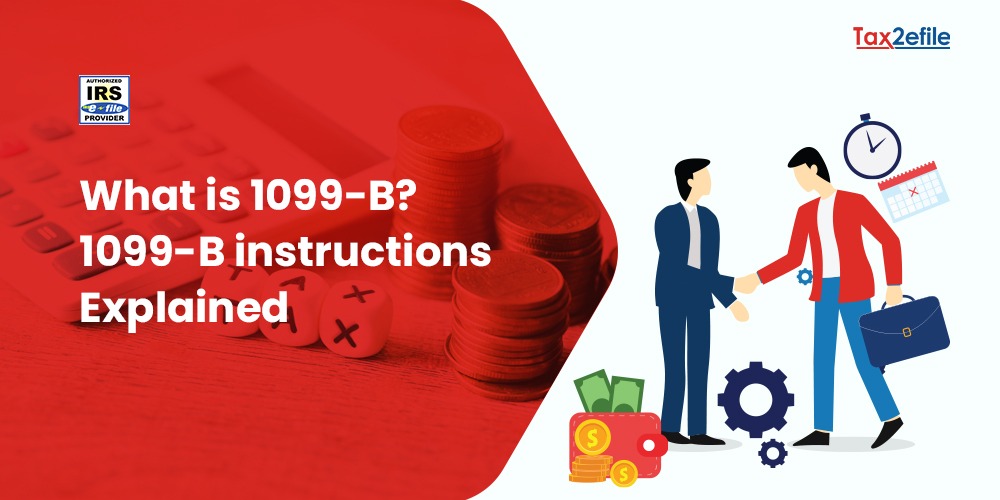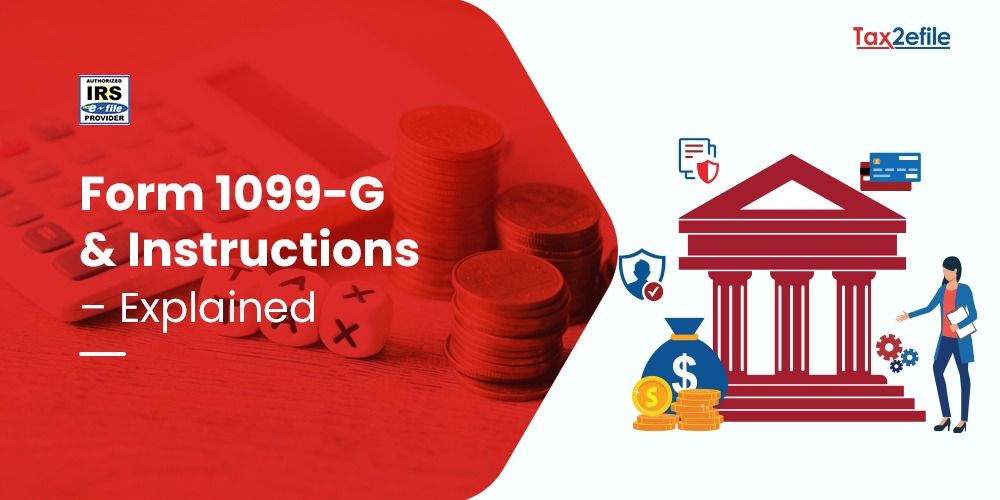- February 8, 2022

Form 1099-C is the IRS tax form for cancellation of Debt and levies taxes on debts that are not required to be paid, considering them as income. If you borrow money, you are obliged legally to repay it at a fixed amount at a future date. You might either be personally liable for the debtor might own a property that is subject to a debt. In case your debt is forgiven or discharged at an amount less than what you owe, your debt is considered to be canceled. This amount of canceled debt is taxable and has to be reported to the IRS through Form 1099-C.
Table of Contents
Who receives Form 1099-C?
Form 1099-C is used to report forgiven or canceled debt of $600 or more. The broker or the lender submits this Form with the IRS and also to the borrower. They use the Form to report the canceled debt on their Income-tax return.
After the debt gets canceled, the creditor will send you Form 1099C for cancellation of debt, showing the amount that has been canceled and the date of cancellation. In general, the taxpayer should report any taxable income of the canceled debt, as ordinary income from the cancellation of debt on Form 1040.
Similarly, if you borrow money from a lender and if at least $600 of that debt was canceled or forgiven, you will receive Form 1099-C from the lender. Common reasons why lenders send 1099-C Forms include repossession, foreclosure, abandonment of property, return of property to a lender, forgiveness on a federal student loan, revolving credit card debt, etc.
Inclusions on cancellations of debt and where to mail Form 1099-C?
You can exclude the cancellation of debt income if,
- The borrower is insolvent
- If the debt was discharged in the case of bankruptcy
- The debt was qualified from indebtedness
- The debt was qualified from the indebtedness of real estate property.
The maximum amount that you could treat as qualified debt in the process of acquisition of indebtedness is up to $7,50,000 million and $ 3,75,000 if you are married and filing separately. There are three copies of Form 1099-C. The lender generally files Copy A of Form 1099-C with the IRS, they should send Copy B to the borrower and retain Copy C for records.
Exceptions for cancellation of debt income
The following are the exceptions for the cancellation of debt income:
- The amounts that are canceled as gifts, inheritances, and bequests.
- Certain qualified student loans
- Certain education loan repayment or loan forgiveness programs provide health services in certain areas.
- Qualified purchase price reduction offered by the seller of the property to the buyer.
The Forms 1099-C are used to report cancellations of $600 or more in debt, owned to you by a partnership, trust, estate, corporation, association, or company. Form 1099-C should be filed regardless of whether the recipient chooses to report their debt as taxable income. All Form 1099C should be mailed to the recipients by January 31st of the tax year and it should be e-filed with the IRS by March 31st each year.
E-File 1099 Forms with IRS during Tax Year


